Another week gone by and a few more beers to review. For this #beersaturday I'm going to talk about three beers of three different styles. The loose theme of the week is the trend of what I'm calling, import style marketing. I'm referring to when a Brewery markets a beer as being in the style of a beer from another country. Its a loose theme. I'm not going to go full philosophical on the subject, but like usual, I'll have something to say about it. So here we go!
East Hamilton Lager
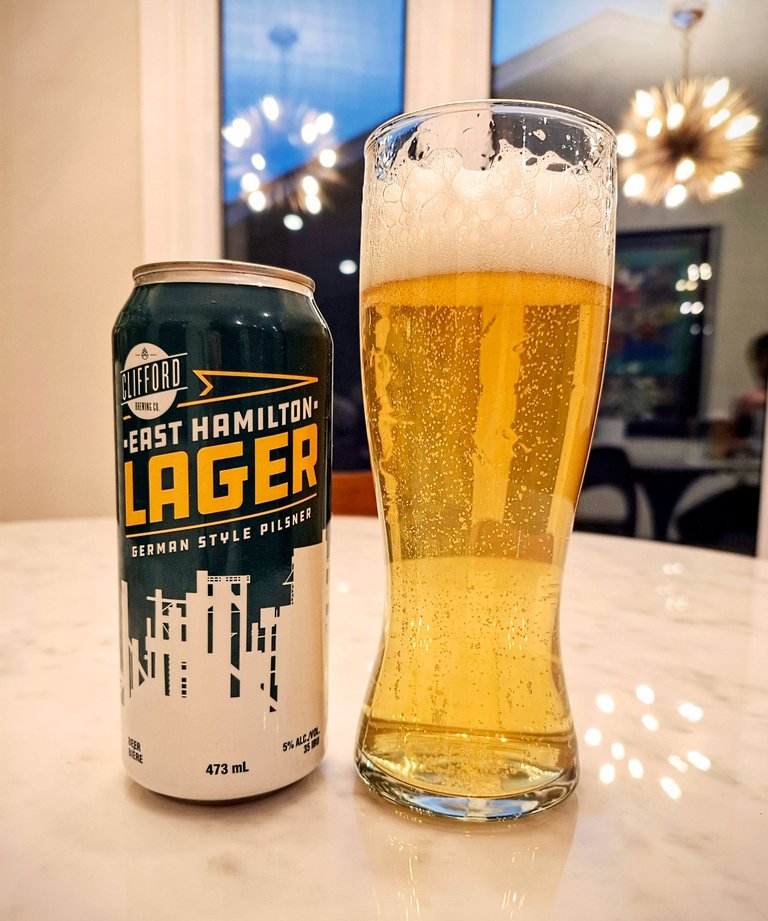
Brewery: Clifford Brewing Co
Origin: Hamilton ON Canada
Style: German Style Pilsner
Abv: 5.0%
IBU: 35
SRM: Unknown
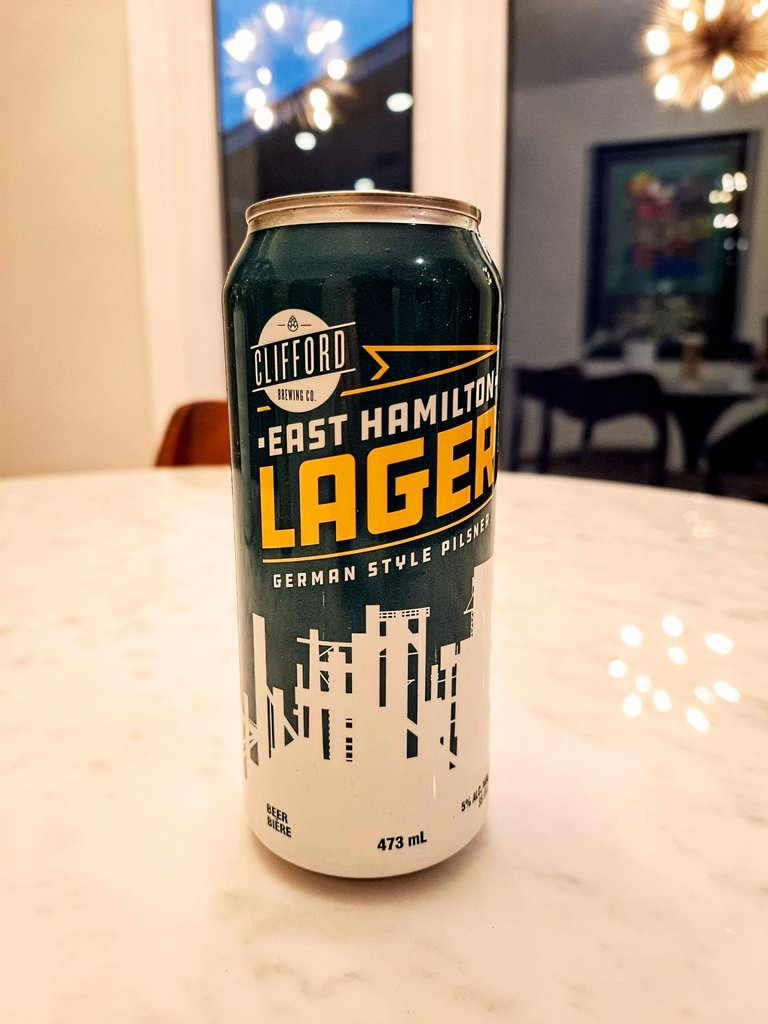
Marketing: Modern grey-blue, golden yellow, and white color scheme. Silhouette style city-scape imagery of the city of Hamilton Ontario.
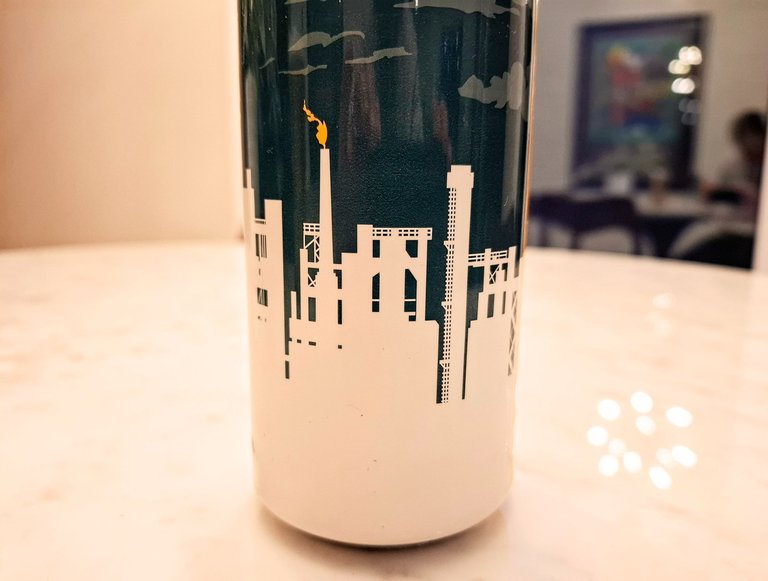
The can has a sort of comic book design style that I'm digging right now. Overall I quite like it.
The beer is marketed as a German Style Lager. I've seen quite a few beers labeled this way as of late and I'm not exactly sure what qualifies such a title. Is it the malt that they use? Is it the hops? Is it the Brewing process? Would a person from Germany who is visiting Canada feel a sense of recognition to their homeland when drinking the beer compared to most other craft brew lagers? I don't know.
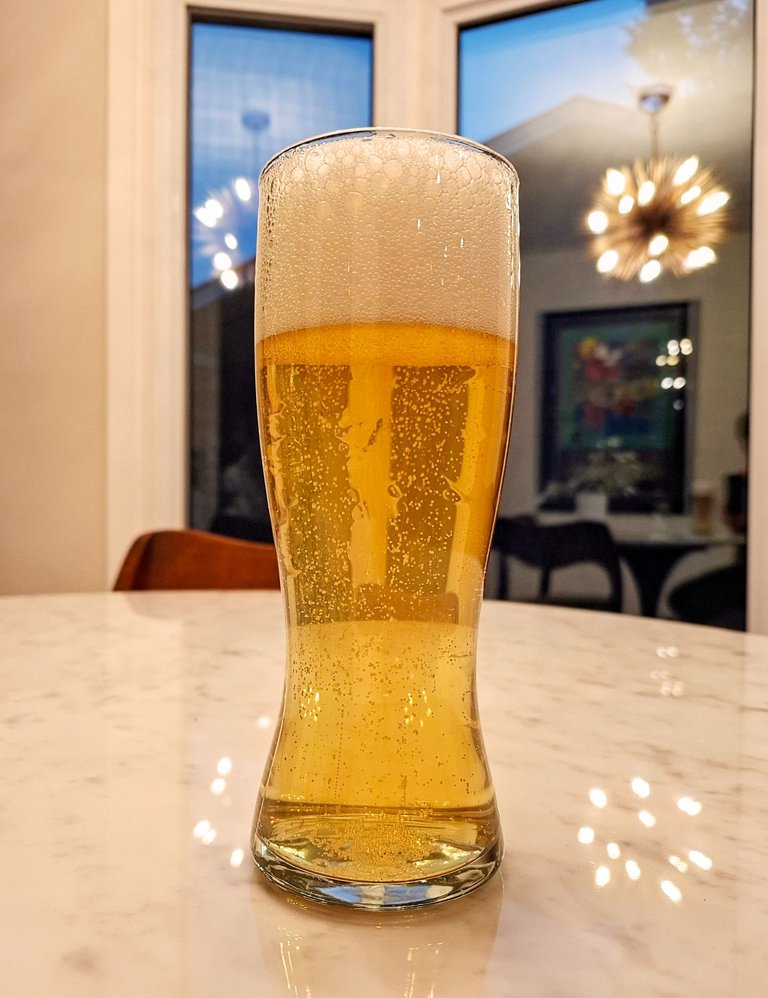
Color: The beer poured a pale yellow, as expected from a lager style beer. It had a golden hue to it in the light. It was slightly hazy with a decent head of foam on top that had enough substance about it to stick around a while. That's always a good thing in my opinion.
Lagers are typically crystal clear without any haze to them, so is it the haziness that makes it German?
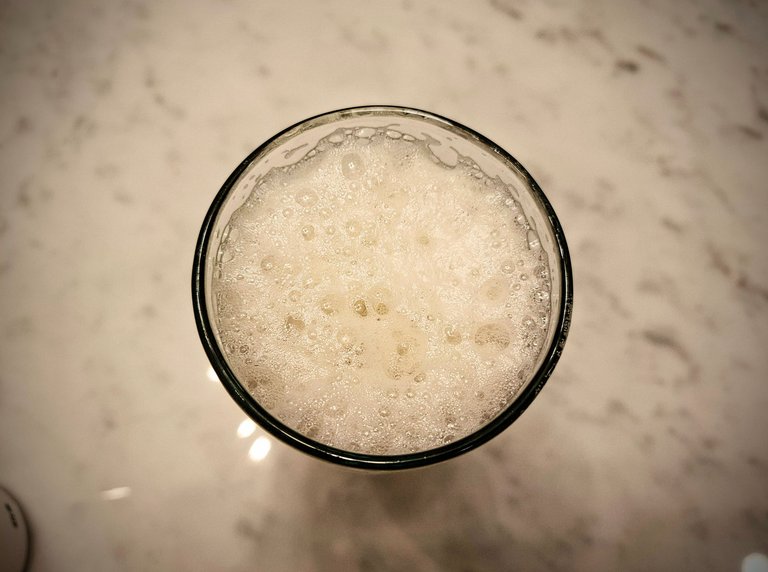
Nose: The aroma is of fresh grass (or hay) with some fruity notes in the background. I noticed some cereals in there as well. Very fresh smelling and pleasant overall.
Taste: The taste was mildly sweet upfront, almost dry, moving toward tanginess in the middle and finishing with a mild bitterness at the end. Malty grain flavors, with some hoppy notes. Well balanced in my opinion.
Texture: It had a nice amount of carbonation with a smooth mouthfeel underneath.
Impression: I really liked this beer. It tasted clean and fresh, which can often make any style of beer excellent. I'll say that it was crisp also, just to throw in another buzz word that suits it 😉. It had a great flavor without being overpowering, with a summery quality to it. It was a great all around-anytime beer, really. I would buy it again - obviously. Was it a German Style Lager or is that title just marketing. That I still don't know.
St-Ambroise Oatmeal Stout
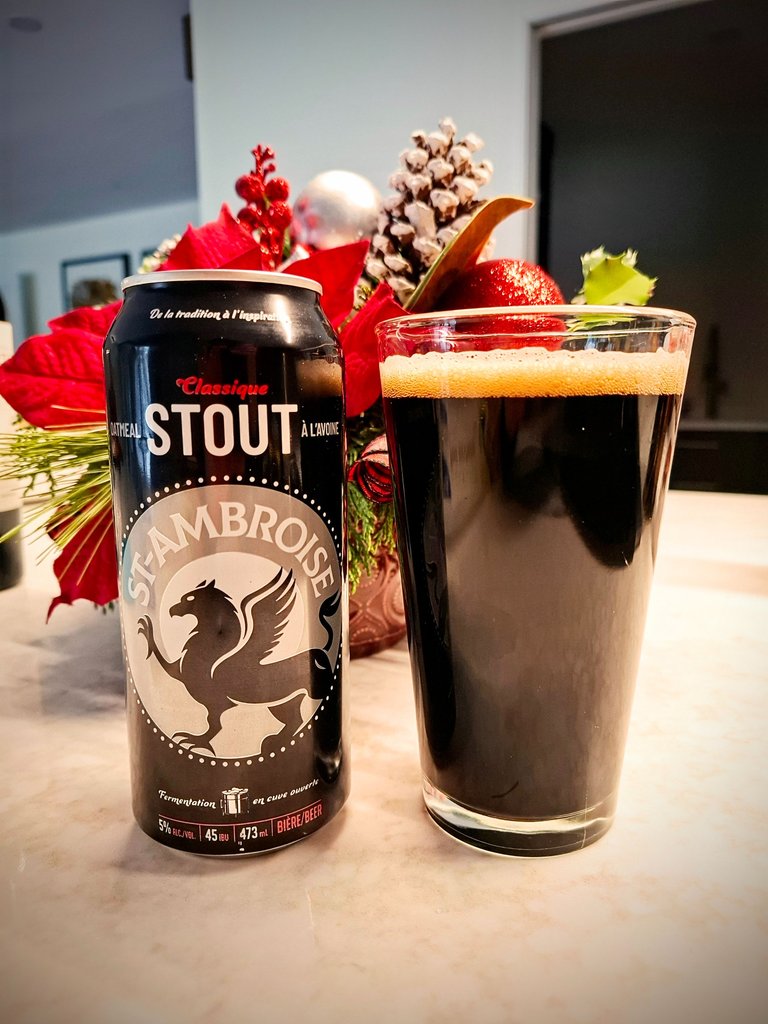
Brewery: Mcauslan Brewing Co
Origin: Montreal Quebec Canada
Style: American Stout
Abv: 5.0%
IBU: 45
SRM: Unknown
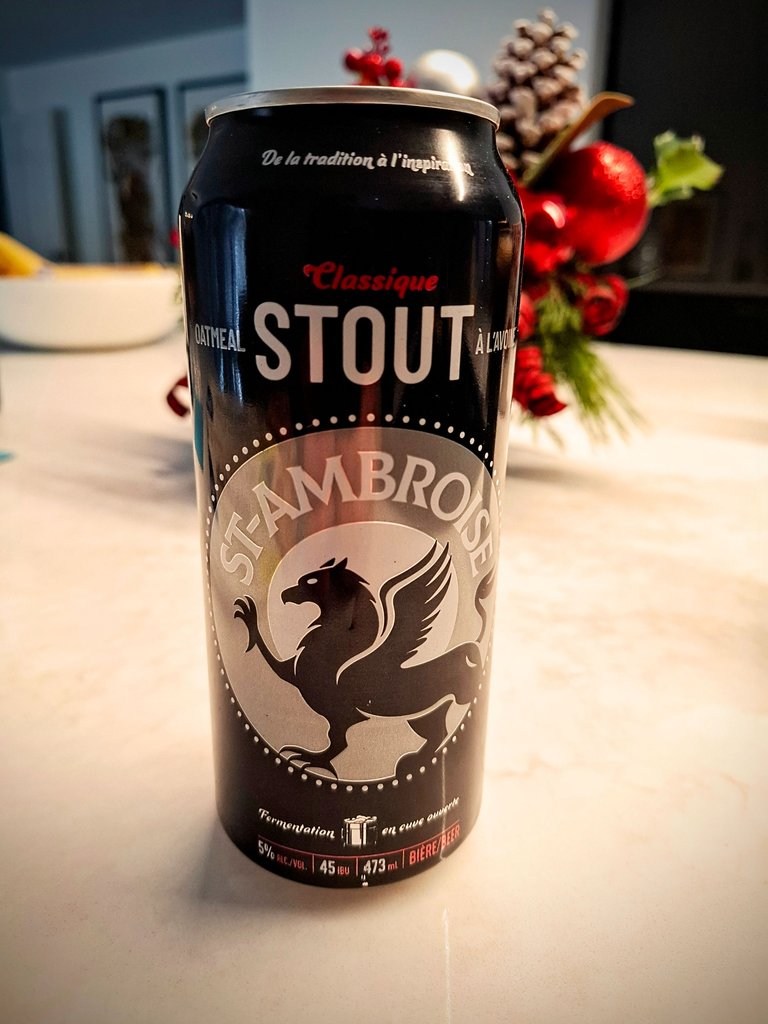
This next one is a favorite of mine that I often pick up a few times a year when I see it. I won't go into too much detail in the review because I've discussed it before. This one doesn't fit my post theme either, in that it doesn't market itself as a beer from another country. Nonetheless I'm adding it in because I have room to do so.
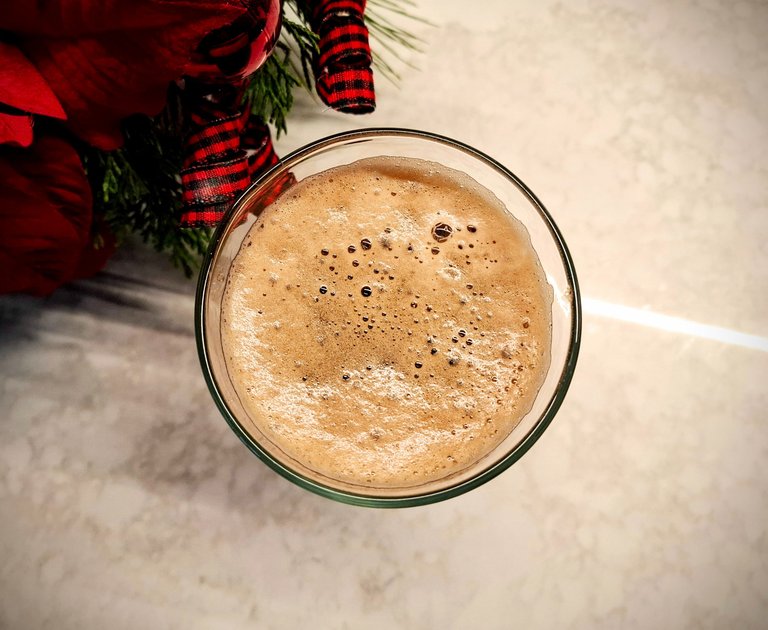
It's basically just a well rounded Stout beer, with great roasted flavors, a subtle smokiness and a smooth velvety texture from the oat malt. It's delicious for my preferences.
Scusi

Brewery: Fairweather Brewing Co
Origin: Hamilton ON Canada
Style: Italian Style Pilsner
Abv: 4.6%
IBU: Unknown
SRM: Unknown
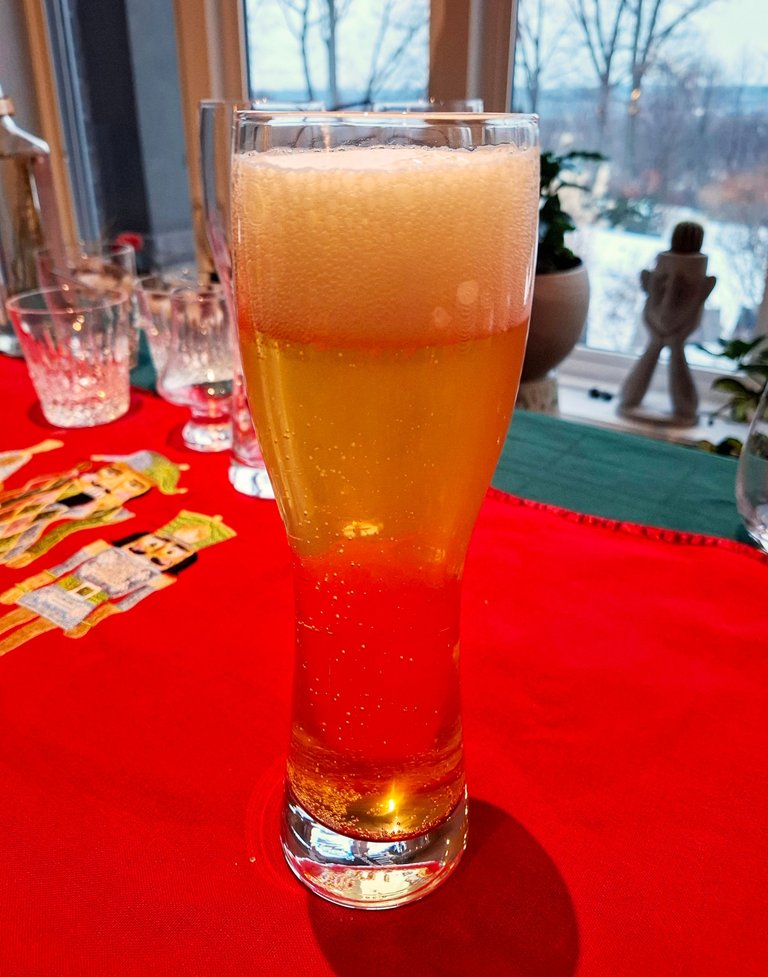
I'm seeing more and more of these Italian Style pilsners at the liquor stores here in Ontario. Maybe it's the hot new thing in the craft beer world? I don't know much about Italian beers so I can't really comment on how authentic they are or how close they are to the real thing that you would buy in Italy. My opinion is that these sorts of classifications are just marketing. The label lists Mediterranean Adriatic barley as an ingredient which one would assume is used to make Italian beers, but then it also uses Saaz hops which are from the Czech Republic. So this could just as easy be marketed Czech Pils, could it not? Regardless, the beer was good. It was dry hopped so it had some additional flavor. Do they dry hop their beers in Italy I wonder?
Conclusion
When drinking beers in other countries there is always a special quality about the beverage that makes it feel unique to the area. Something about the ingredients and way that it is brewed that feels like it can only be experienced there in that particular region. Part of that is probably the setting as well, I'm sure. The question of this post is whether or not those beers can be replicated in other countries to the extent that they would be recognizable to a local from the region that they are trying to mimick, or is it all just marketing? I myself cannot say so I'll leave it to you. What do you think?
